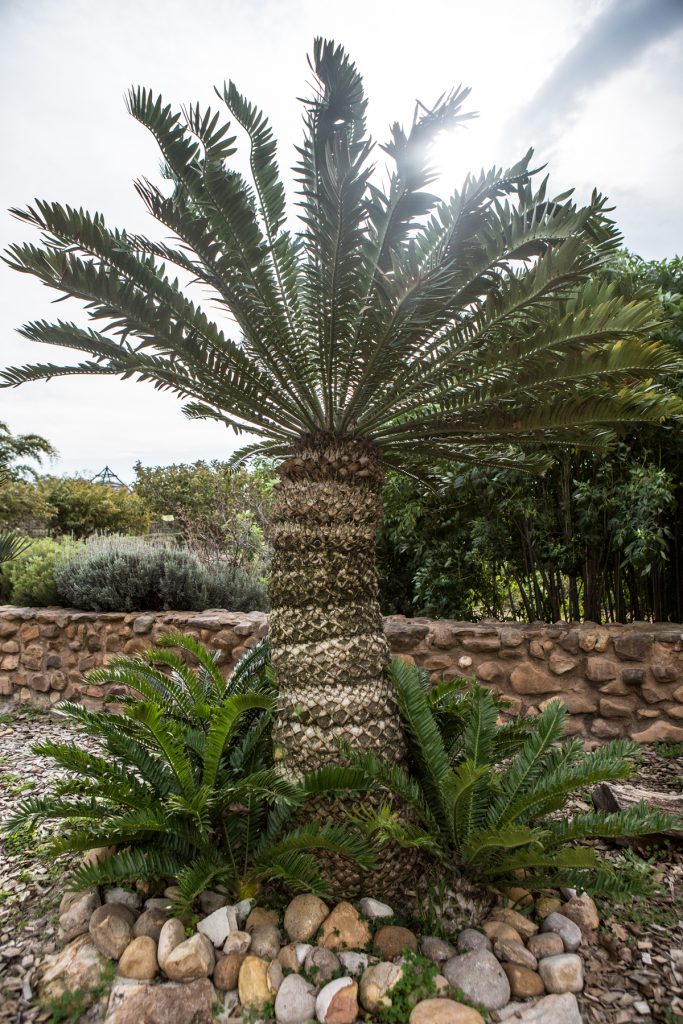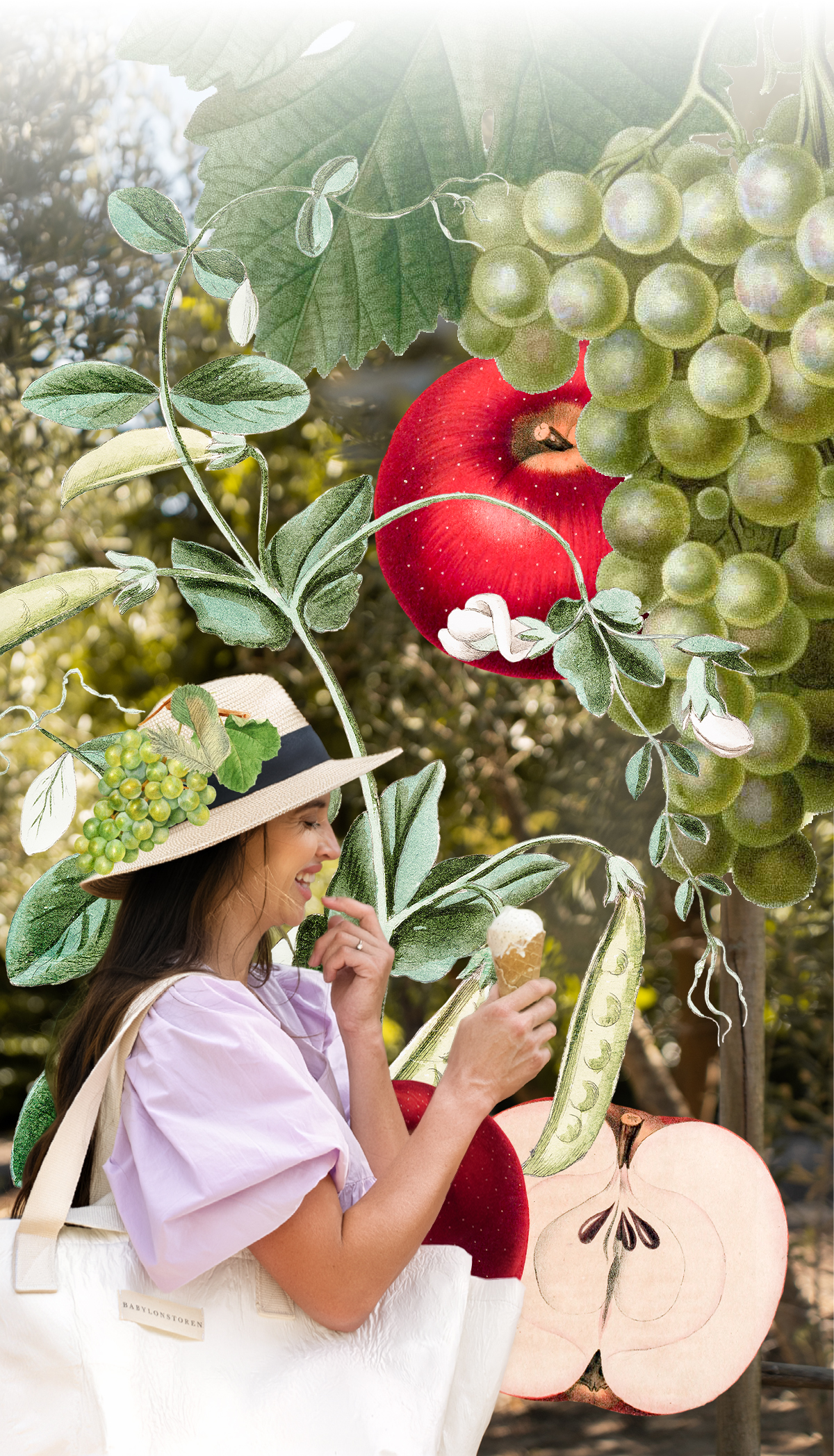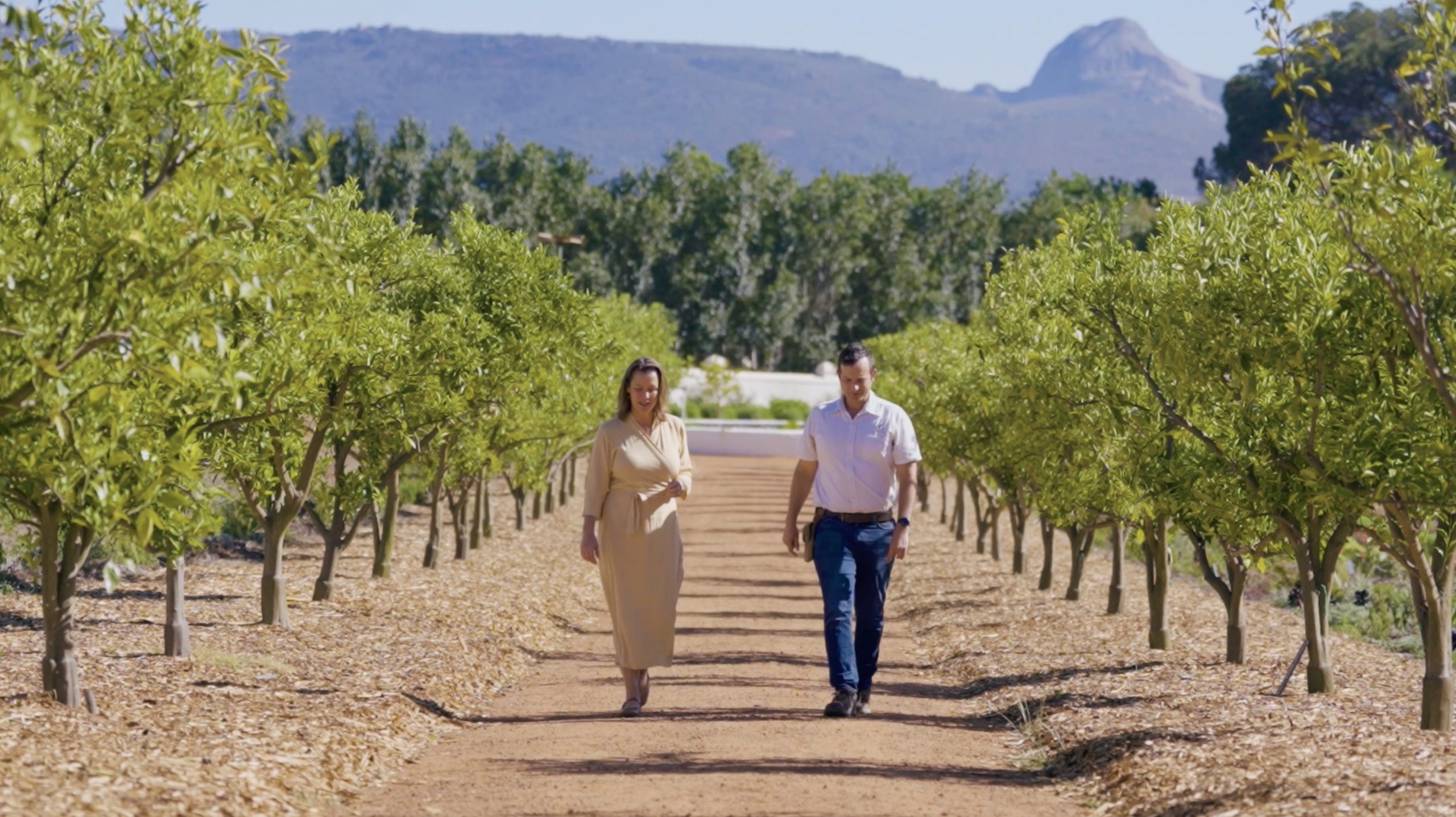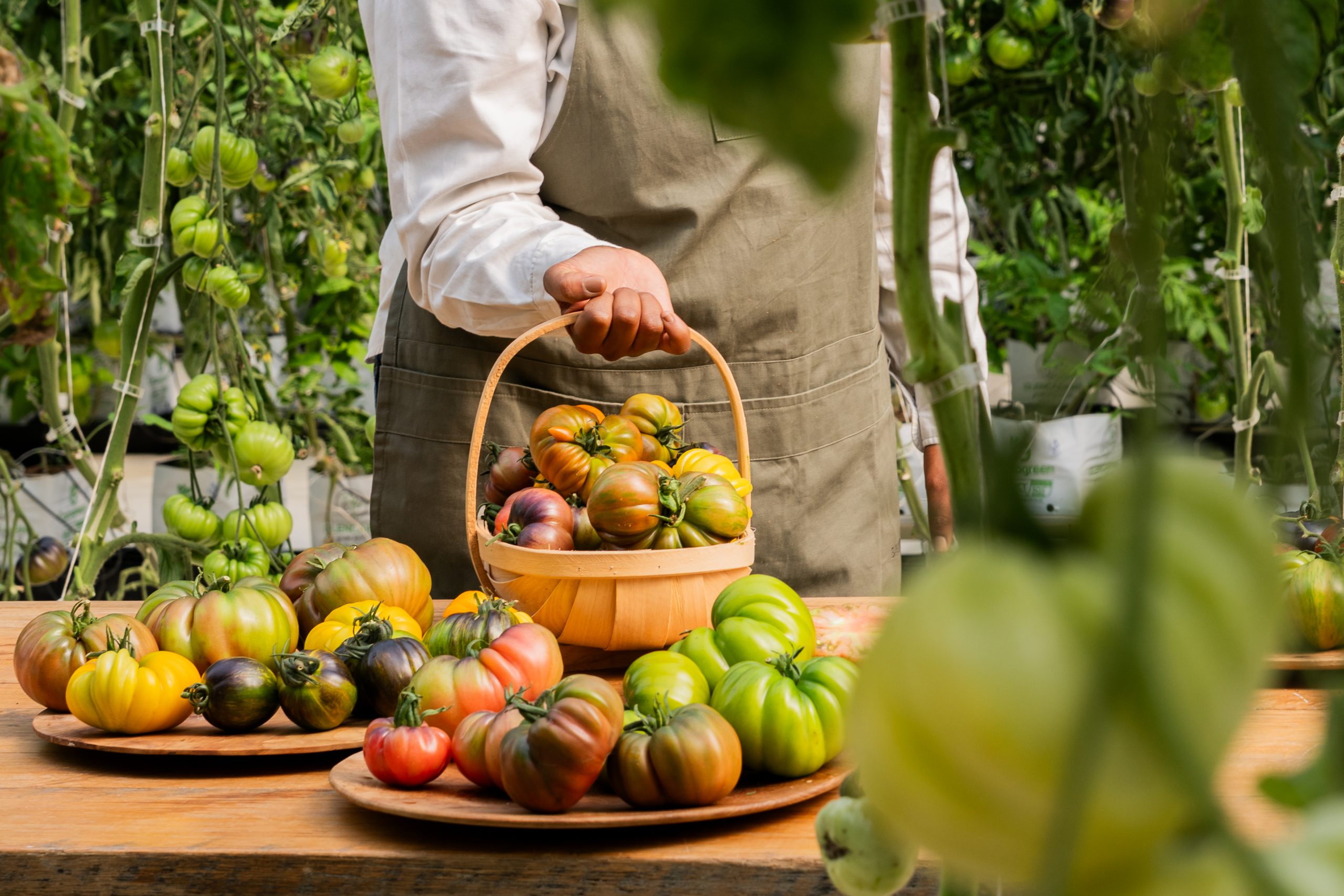Special Collections Garden Tours
February 17th, 2020To keep our garden in tip-top shape all year round requires many skilled hands, sharp secateurs and laborious hours of tending the 3.5 hectares of cultivated land. For most, it would seem like an impossible task to keep more than 300 plant varieties alive, not to mention flourishing, but our team of expert gardeners, botanists and horticulturalists make it look effortless. To share more of their passion, knowledge and day-to-day findings, we host a Special Collections Garden Tour at Babylonstoren.
On this tour visitors get to spend an hour with one of our most experienced gardeners, learning more about their special collection, whether it be cycads, historical trees, healing plants or succulents. These plants take up special space in the garden – beacons of horticultural significance and interest. What makes this tour so special is that no two will be the same – each gardener will share their unique interpretation of the garden and what he or she finds interesting and noteworthy at that particular time.
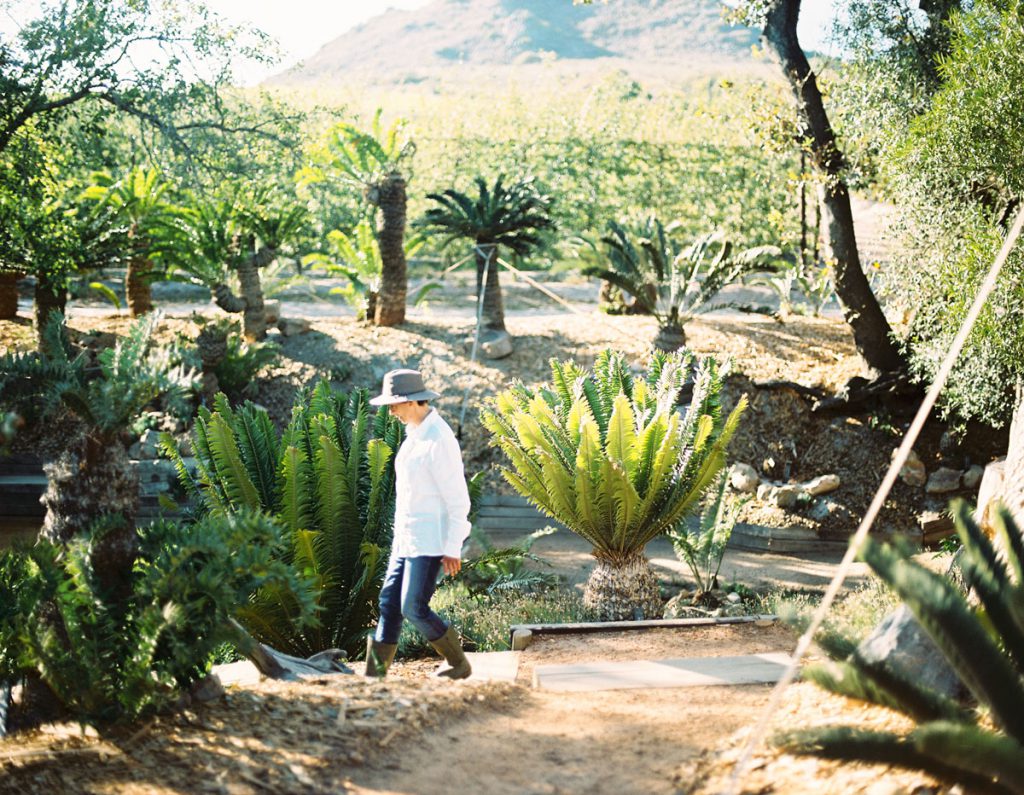
The Guides
When joining us for a tour, you’ll be guided by one of these four remarkable gardeners:
- As author of many a book on indigenous gardening, waterwise plants and succulent species, it’s safe to say that Ernst van Jaarsveld is an expert on these subjects. When Ernst is not tending our indigenous garden, you’ll find him doing research, documenting his botanical findings, or somewhere on a rubber duck or hiking expedition in search of interesting and rare plant species to add to our collection. He may be a master in his field, but he does not keep his knowledge to himself – his wisdom is generously shared with garden visitors and colleagues alike, and all agree that his passion is contagious.
- Anton Roux, master of secateurs, has been with us from the very start, helping to establish and grow our garden. His gardening knowledge stretches far and wide, but it is heritage fruits – in particular pears and apples – that get him excited. Thanks to Oom Anton, Babylonstoren is now home to historic species such as the Witte Wijnappel, the White Winter Pearmain dessert apple and the Flower of Kent, to name a few. Anton celebrated his 80th birthday last year, but is still on the farm every Wednesday and Thursday, where you’ll find him taking care of his exotic and historical fruit trees or sharing his espalier and pruning expertise with our team, as well as garden tour goers.
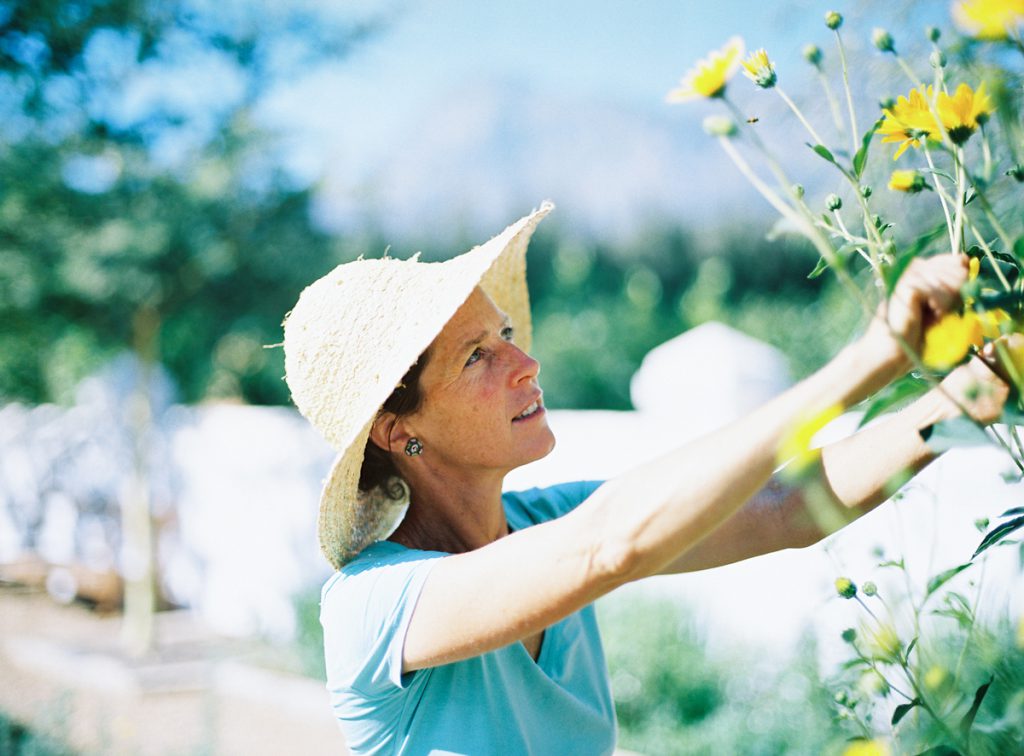
- Gundula Deutschländer has also been part of our gardening team since day one. With her captivating storytelling, gentle demeanour and a wealth of horticultural knowledge, she’s been sparking an interest and curiosity for gardening with our visitors for many years. Sprouting from her genuine excitement about plants, especially herbs and flowers, some refer to her as our the guardian of our Healing Garden. Besides wowing crowds with her vast knowledge of healing plants and working her magic in our garden, she brews a mean herbal tea! Be sure to ask her for interesting recipes from the garden.
- A favourite, and always friendly face on the farm, is floral artist and gardening guru, Constance Stuurman. Connie, as most know her, has the ability to create the most amazing bouquets and decorative flower arrangements from the garden. Over many years, she has gathered practical know-how and knowledge of healing plants, and of gardening in general – some passed on from her grandmother, but most acquired by putting in long, hard hours in the garden. Being a real gardening force to reckon with, Constance is always on the move, busy nurturing, harvesting or creating, so getting to spend time with her on a garden tour is a real treat!
The collections
Succulents
A sea of terracotta pots fill the sun-dappled space of our Succulent House, inviting guests to take a closer look at the waterwise treasures they hold. Succulent specimens from all the plant regions of southern Africa are housed in the wooden garden structure at the top of our garden, representing the diversity of dry and drought-stricken regions. These include: the vygie family (Aizoaceae), crassula family (Crassulaceae), aloe family (Asphodelaceae), the carrion flower family (Apocynaceae) and the noors family (Euphorbiaceae). A visit to the Succulent House will open your eyes to the diversity of indigenous xerophytes and highlight the importance and beauty of these plants. The experience is well worth the walk to get there.
Cycads
Having been around since primordial times, cycads are special to say the least! In 2016 we made room in the garden to house a collection of these living fossils, and we’re proud to host 38 of the 41 cycad species indigenous to South Africa. These cone-bearing plants are either male or female, grow slowly and can live for hundreds of years. About 45 species grow wild in southern Africa, ranging in size from small acaulescent plants to trees measuring about 10 metres tall. Of the 300 known cycad species, the ones found in South Africa are regarded as highly endangered – all the more reason to protect, propagate and celebrate them.
Healing Garden
Adjacent to the Greenhouse and Spice Garden, you’ll find the Healing Garden. This tranquil setting, with its neatly designed flower beds, fish ponds and shaded bamboo structures, houses a variety of healing plants – some chosen for their beauty, others for historical interest, aroma or remedial qualities. No plant in the Healing Garden has been planted at random; every single one has been carefully chosen and laid out to follow the form of the human body. With herbs said to heal the head, heart, lungs, digestive system, organs, skin, bones and feet, a visit to the Healing Garden is a true discovery of Nature’s medicine chest.
Historic trees
An exploration of the historic trees at Babylonstoren paints a colourful picture of horticulture and history. Not only do these trees provide structure and shade, but every single one comes with an interesting story. There are the Witte Wijnappel tree, which dates back to the years of Jan van Riebeeck and the Company Gardens, Newton’s Flower of Kent apple tree, Shakespeare’s mulberry, Napoleon’s willow and many old Cape varieties such the Saffron pear, and Ohenimuri and White Winter Pearmain apples. Besides these exotic fruit trees, our cycad garden is home to another few historic gems. At the core of this collection you’ll find the very rare Wood’s cycad or E. woodii, of which only a single male clone remained at Ngoya Forest in KwaZulu-Natal. After being removed and taken to Durban’s botanical gardens in 1985, the plant was divided and sent to various institutions, of which we’re lucky to be one!
WHO WOULD ENJOY THIS TOUR?
This tour is perfect for keen gardeners, those who’d like to get in-depth information about a certain area of gardening or regular visitors who want to know more about our garden.
JOIN US
The special collections garden tour takes place Monday to Friday at 11h30. To join us, be sure to book online and meet our gardeners in front of the Farm Shop on the day.
“The garden tour was amazing. Beautiful gardens with a knowledgeable and engaging guide. Would definitely recommend it to others, as well as visit again.” – Tracey McGarvey
